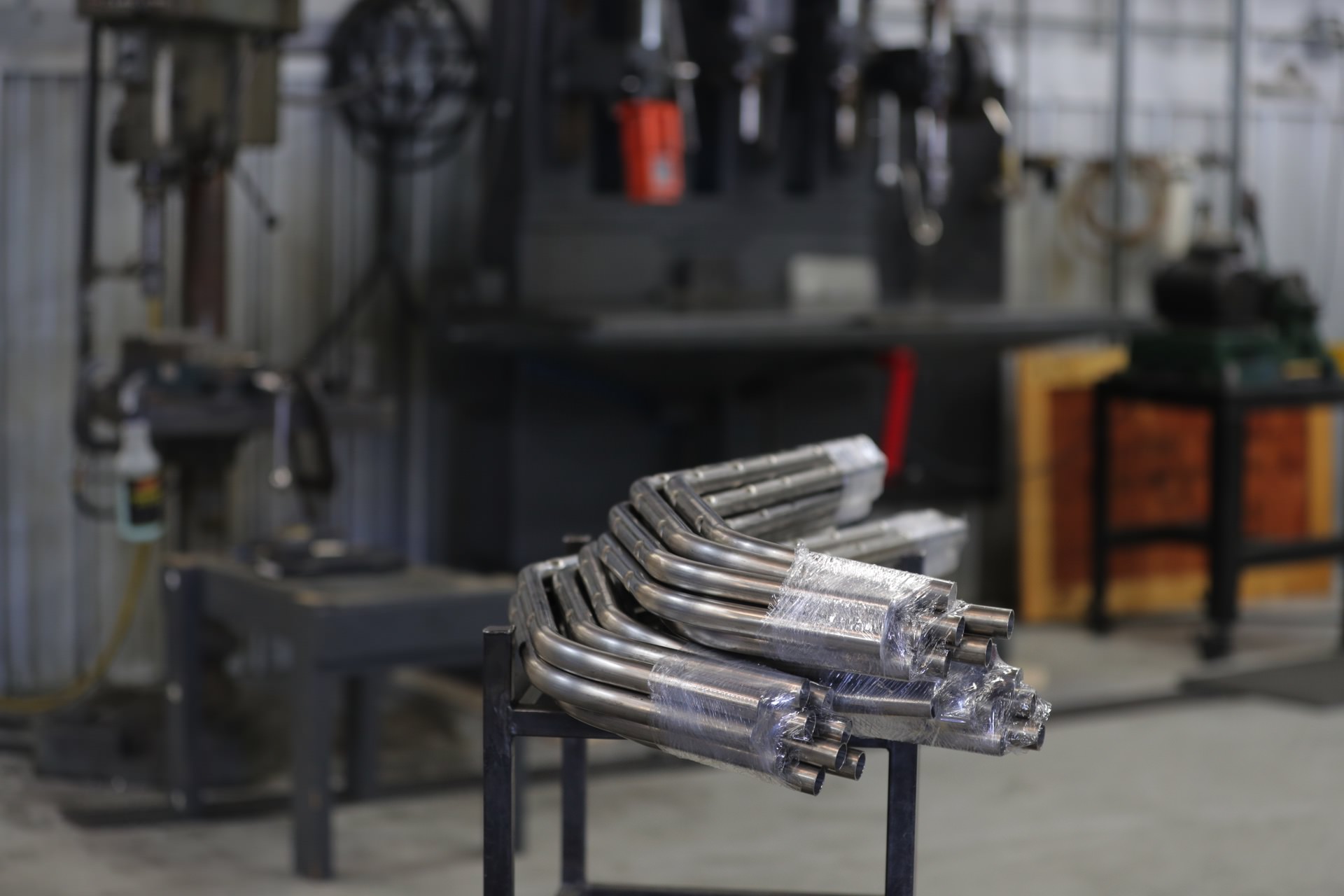In the modern industrial landscape, where precision and efficiency reign supreme, the process of bending tubes has evolved into a specialized art form. Tube bending services have become an integral part of various industries, ranging from automotive and aerospace to construction and manufacturing. This blog delves into the world of tube bending services, exploring the techniques, applications, and benefits that make this process an indispensable component of contemporary manufacturing and engineering.
Understanding Tube Bending
The Basics of Tube Bending
Tube bending is the process of reshaping metal tubes into specific angles, curves, or shapes. It involves manipulating the tube material without compromising its structural integrity or functional properties. While it might sound like a straightforward task, tube bending is a complex procedure that requires a deep understanding of materials, geometries, and precision engineering.
Techniques of Tube Bending
- Mandrel Tube Bending: This technique involves inserting a mandrel, a solid rod, into the tube while bending to prevent its collapse or deformation. Mandrel tube bending is ideal for producing precise bends with minimal distortion, making it suitable for applications that demand high accuracy.
- CNC Tube Bending: Computer Numerical Control (CNC) technology has revolutionized tube bending. CNC machines use computer programs to control the bending process with exceptional precision. This method is efficient for high-volume production and ensures consistent results.
- Compression Tube Bending: Compression bending, also known as press bending, involves bending the tube around a die using specialized machinery. This technique is suitable for larger radius bends and is often used in applications where appearance is crucial.
- Roll Bending: Roll bending employs a set of adjustable rollers to gradually bend the tube into the desired shape. It is particularly useful for creating large-radius curves and spirals.
Applications of Tube Bending Services
- Automotive Industry: Tube bending plays a pivotal role in the fabrication of exhaust systems, roll cages, and chassis components in the automotive sector. These components often require precise bends to enhance performance and safety.
- Aerospace Sector: Aerospace applications demand lightweight yet sturdy components. Tube bending is used to create intricate structures like aircraft frames, hydraulic systems, and support structures for wings and control surfaces.
- Construction and Architecture: From handrails and staircases to structural frameworks, tube bending is essential in constructing aesthetically pleasing and structurally sound buildings and infrastructures.
- Furniture Design: Tube bending enables the creation of unique and ergonomic furniture designs. Chairs, tables, and other pieces can be crafted with curves and angles that traditional manufacturing methods can’t achieve.
- Medical Equipment: The healthcare industry benefits from tube bending in the production of medical equipment such as bed frames, surgical instruments, and diagnostic devices.
- Industrial Machinery: Tubes with specific bends are used in various industrial machines, enhancing their functionality and versatility. Conveyor systems, manufacturing equipment, and hydraulic machinery all rely on precisely bent tubes.
Benefits of Professional Tube Bending Services
- Precision: Professional tube bending services employ advanced machinery and skilled technicians to ensure precision in every bend. This level of accuracy is crucial for components that require perfect fit and function.
- Material Integrity: Improper bending can lead to material deformities or weaknesses. Professional services understand the material properties and utilize techniques that maintain the integrity of the tube.
- Cost-Effectiveness: While setting up an in-house tube bending operation might seem cost-effective, it often requires significant investments in machinery, training, and maintenance. Outsourcing to experts can save both time and money.
- Customization: Every industry has its unique requirements. Professional tube bending services can cater to specialized demands, producing bends that adhere to specific angles and dimensions.
- Reduced Waste: Inaccurate bends can result in material wastage. Professional tube benders minimize such waste through precise measurements and controlled bending processes.
Choosing the Right Tube Bending Service Provider
- Experience and Expertise: Look for providers with a proven track record and a team of experienced technicians. Experience speaks to the provider’s ability to handle diverse projects.
- Technological Capabilities: The use of modern machinery and technology, such as CNC bending equipment, is a sign of a service provider’s commitment to quality and efficiency.
- Customization Options: Different industries require different bend specifications. A reliable provider should offer customization options to meet unique project needs.
- Quality Control: Ask about the provider’s quality control measures. This ensures that the final products meet the desired specifications and are free from defects.
Conclusion
In the world of modern manufacturing and engineering, tube bending services have become indispensable for creating components that meet stringent requirements. Whether it’s the automotive, aerospace, or medical industry, precise tube bending ensures that products function optimally and adhere to safety standards. The art and science of tube bending continue to evolve, pushing the boundaries of what’s possible and enabling innovation across various sectors. When considering your next project, remember that behind the seamless curves and angles of tubes lies a world of expertise and technology that shapes the way we build, create, and innovate.
